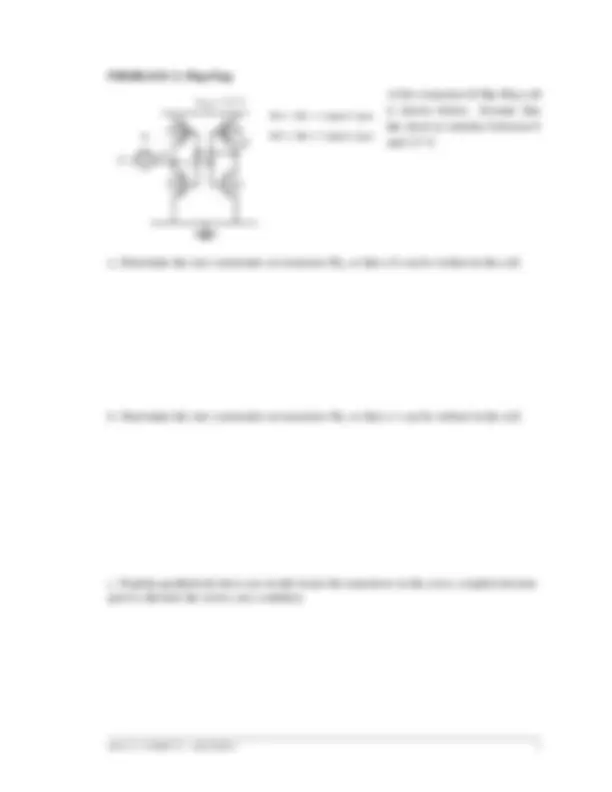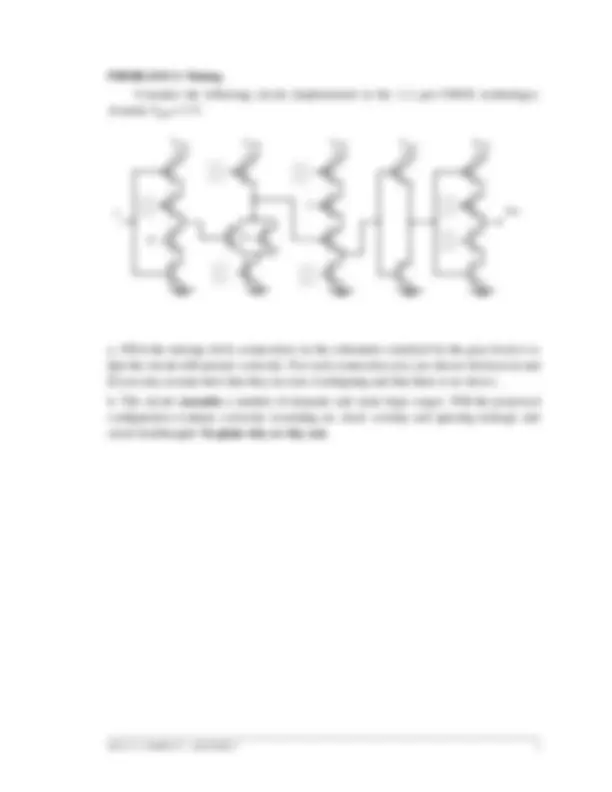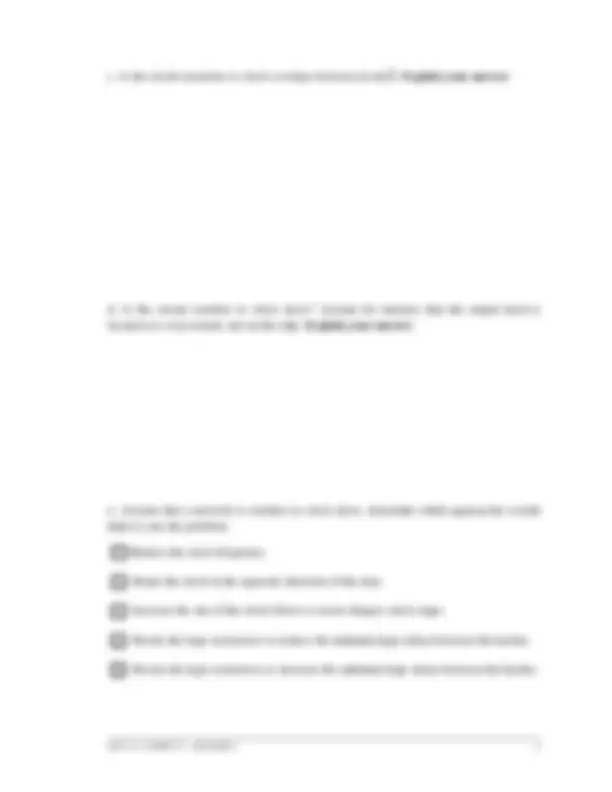





Study with the several resources on Docsity

Earn points by helping other students or get them with a premium plan


Prepare for your exams
Study with the several resources on Docsity

Earn points to download
Earn points by helping other students or get them with a premium plan
Community
Ask the community for help and clear up your study doubts
Discover the best universities in your country according to Docsity users
Free resources
Download our free guides on studying techniques, anxiety management strategies, and thesis advice from Docsity tutors
Problems and solutions related to logic design and flip-flop circuit analysis from the eecs 141: spring 1997 midterm 2 exam. The problems cover topics such as minimizing transistor count in logic design, sizing transistors for maximum performance, writing data into d flip-flops, and analyzing clock sensitivity in digital circuits.
Typology: Exams
1 / 5

This page cannot be seen from the preview
Don't miss anything!




Problem 1: Logic Design
a. Derive a static NMOS pass-transistor implementation of the following logic function: F = (a+b).c , so that the number of transistors is minimized. The implementation should include a static inverter at the output. You may assume that the complements of a , b , and c are available.
b. Discuss the sizing of the transistors in the pass-transistor network , assuming that maximum performance is the intended goal.
•Explain the method you would use to choose the transistor sizes (assume here that all the transistors in the pass-transistor network are of an identical size). Draw the equivalent cir- cuit that you would use and its components.
c. The switching threshold of the output inverter can be modified by changing the ratio of PMOS and NMOS devices. Which option is preferable from a performance perspective?
Explain your answer.
Keep the switching threshold in the middle. Move switching threshold up. Move the switching threshold down.
PROBLEM 3: Timing
Consider the following circuit (implemented in the 1.2 μm CMOS technology). Assume VDD = 3 V.
a. Fill in the missing clock connections on the schematics (marked by the gray boxes) so that the circuit will operate correctly. For each connection you can choose between φ and φ(you may assume here that they are non-overlapping and that there is no skew).
b. The circuit cascades a number of dynamic and static logic stages. Will the proposed configuration evaluate correctly (assuming no clock overlap and ignoring leakage and clock feedthough)? Explain why or why not.
φ
VDD VDD VDD VDD VDD
A B
C (^) Out
c. Is the circuit sensistive to clock overlaps between φand φ. Explain your answer.
d. Is the circuit sensitive to clock skew? Assume for instance that the output latch is located at a very remote site on the chip. Explain your answer.
e. Assume that a network is sensitive to clock skew, determine which approaches would help to cure the problem:
Reduce the clock frequency
Route the clock in the opposite direction of the data
Increase the size of the clock driver to create sharper clock edges
Resize the logic transistors to reduce the minimum logic delay between the latches
Resize the logic transistors to increase the minimum logic delay between the latches